What is Health Canada CTLS/CTS reporting?
In Canada, cannabis producers are regulated by Health Canada. Under the Cannabis Act and regulations, licence holders, cultivators, and processors must submit monthly inventory and sales reports to Health Canada via the Cannabis Tracking and Licensing System (CTLS).
This report is often referred to as a CTLS report or Cannabis Tracking System (CTS) report. Cannabis producers must submit to Health Canada by the 15th day of each month. CTLS Health Canada reports must be completed for each licence, so large or complex operations will be required to provide multiple reports.
Essentially a gigantic spreadsheet, CTLS reports reconciling all monthly opening and closing inventory. These mandated reports oversee the cannabis supply chain and prevent illegal inversion and diversion into and out of the regulated system.
What slows down CTLS reporting?
Adding New SKUs and Expanding Business
In our experience, inventory, QA, and finance teams often dread the CTLS Health Canada reporting process. The report places a significant administrative burden on these teams, which becomes even more challenging as cannabis producers expand their product lines and customer base. This is typically when management realizes that the process is consuming too many resources and inefficiencies need to be addressed.
Inventory software doesn’t capture all workflows
Often, the root cause of what makes the CTLS Health Canada report time-consuming for cannabis teams to complete is their inventory tracking systems. Many cannabis producers track inventory and sales in fragmented inventory systems that involve seed-to-sale software, spreadsheets and paper records. This is because none of the systems are able to handle the complexity of operations, leading to the creation of spreadsheets to fill in the blanks.
As a result, teams spend countless hours, if not days or weeks, trying to reconcile their inventory before submitting the CTLS Health Canada report.
The inability of cannabis producers to have visibility into accurate inventory is why many companies look for comprehensive software solutions.
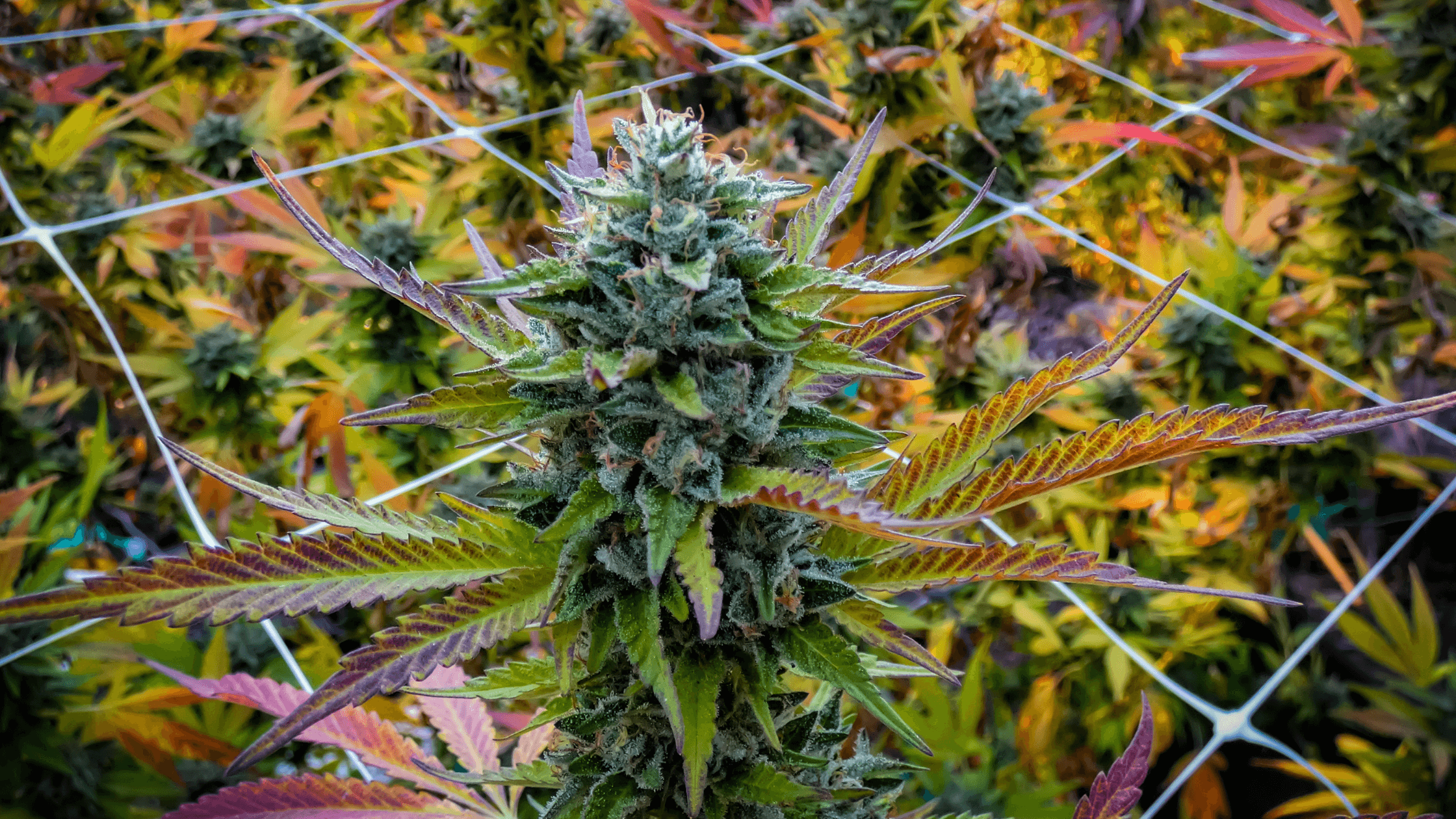
What are the CTLS Health Canada reporting requirements?
The CTLS Health Canada report requires producers to report all unpackaged inventory, packaged inventory, and sales every month.
What is unpackaged cannabis inventory?
Unpackaged inventory includes any cannabis in the production process, not in the form of a cannabis product ready for sale. Unpackaged inventory includes:
- Seeds
- Plants in various stages of growth
- Fresh cannabis
- Bulk dried cannabis
- Cannabis extracts in the processing stages (e.g. extract mixed with ethanol)
- Bulk extracts
- Bulk edibles
- Bulk topicals
Other than plants, all unpackaged inventory must be reported in kilograms. It’s also worth noting that only those with cultivation or processing licenses have to report on unpackaged inventory.
What is packaged cannabis inventory?
Packaged inventory includes any cannabis that is packaged and labelled in its final containers and is ready for sale. Packaged inventory can consist of the following:
- Packaged seeds
- Packaged plants
- Packaged dried cannabis
- Packaged edibles
- Packaged extracts
- Packaged topicals
Packaged cannabis inventory is reported in the number of packaged units and kilograms.
What is sales cannabis inventory?
Sales are tracked for unpackaged and packaged inventory and are broken down into medical sales, non-medical sales, and intra-industry trade. Health Canada CTLS reports require licence producers to indicate the quantity and price of cannabis sold.

What are the main reporting fields for CTLS?
For packaged and unpackaged cannabis inventory, the main reporting fields are:
- Opening inventory: The number of cannabis products packaged for sale or the amount of unpackaged cannabis held in inventory at the site on the first day of the previous month.
- Additions to inventory: Examples of additions include the amount of cannabis received from other license holders from Canada or imported or quantity returned from customers.
- Reductions to inventory: Examples of reductions include cannabis used to produce another class of cannabis (processed), the quantity sent for testing, amount destroyed, shipped or exported.
- Closing inventory: The number of cannabis products (packaged) or amount of cannabis in kg (unpackaged) held in inventory at the facility on the last day of the previous month.
What date do I need to submit my CTLS report to Health Canada?
Reports must be submitted by the 15th of the month, reconciling data for the previous month. For example, on 15th September, you would submit your CTLS report for the reporting period: 1st August - 31st August.
What happens if my CTLS report is inaccurate or late?
Cannabis companies that cannot submit accurate inventory or are habitually late in submitting CTLS Health Canada reports can be subject to enforcement action.
Enforcement action can trigger Health Canada inspections and inquiries and can impact the daily operations of the cannabis producer.
CTLS Health Canada report format
Health Canada requires reports to be captured in a CSV or the cannabis tracking reports tool.
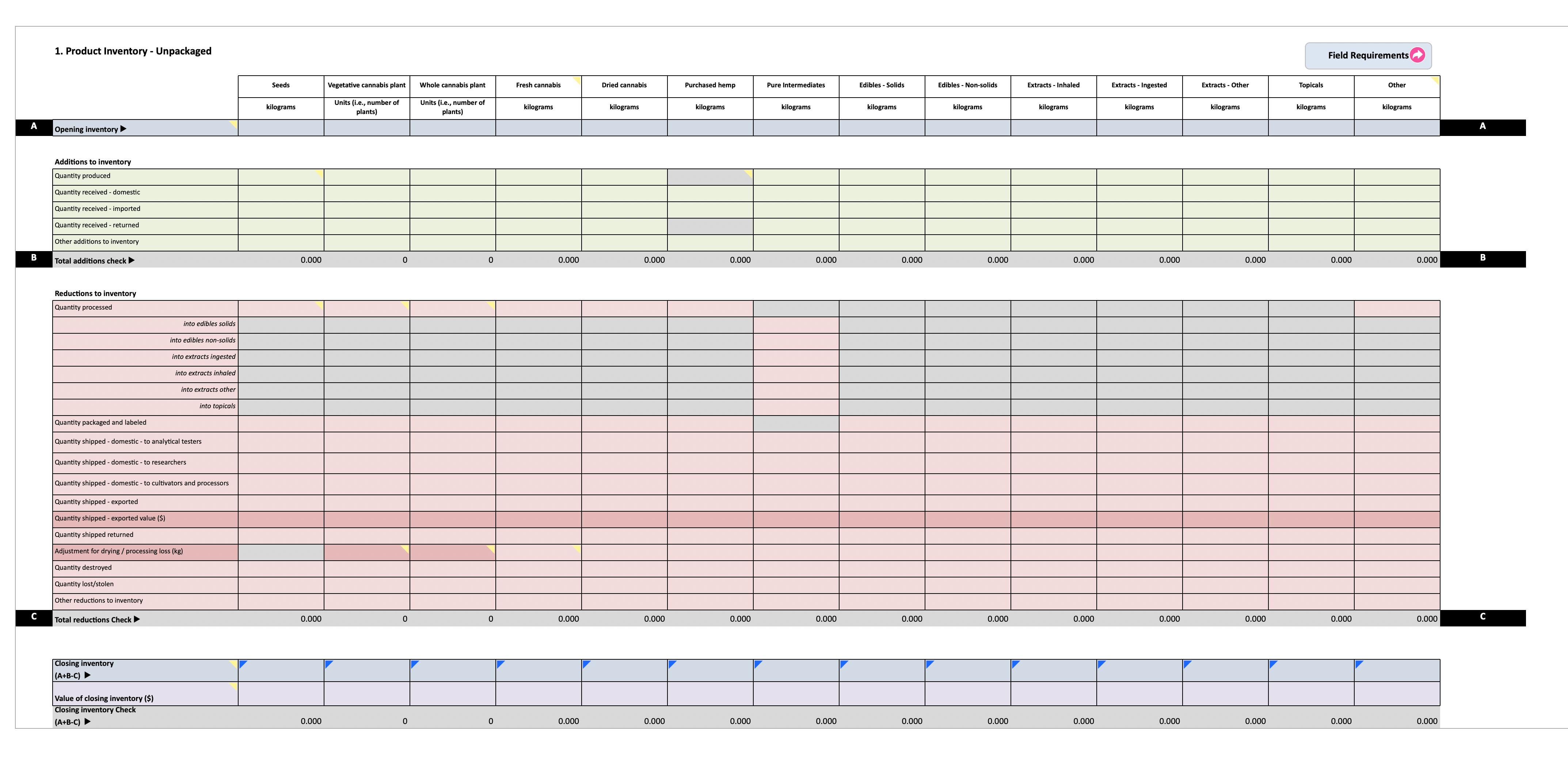
Producers generally use the reporting tool, fill it out with their inventory and then convert the document into a CSV file to upload to the CTLS. This option is much faster than manually entering the fields for cannabis producers with lots of sales and SKUs.
Alternatively, you can manually enter the values into the CTLS system.
Health Canada has requirements for the CTLS report, and if there are errors in your CSV or manual upload, the system will notify you with an error message.
What to Look for in a Software Solution for CTS Reporting
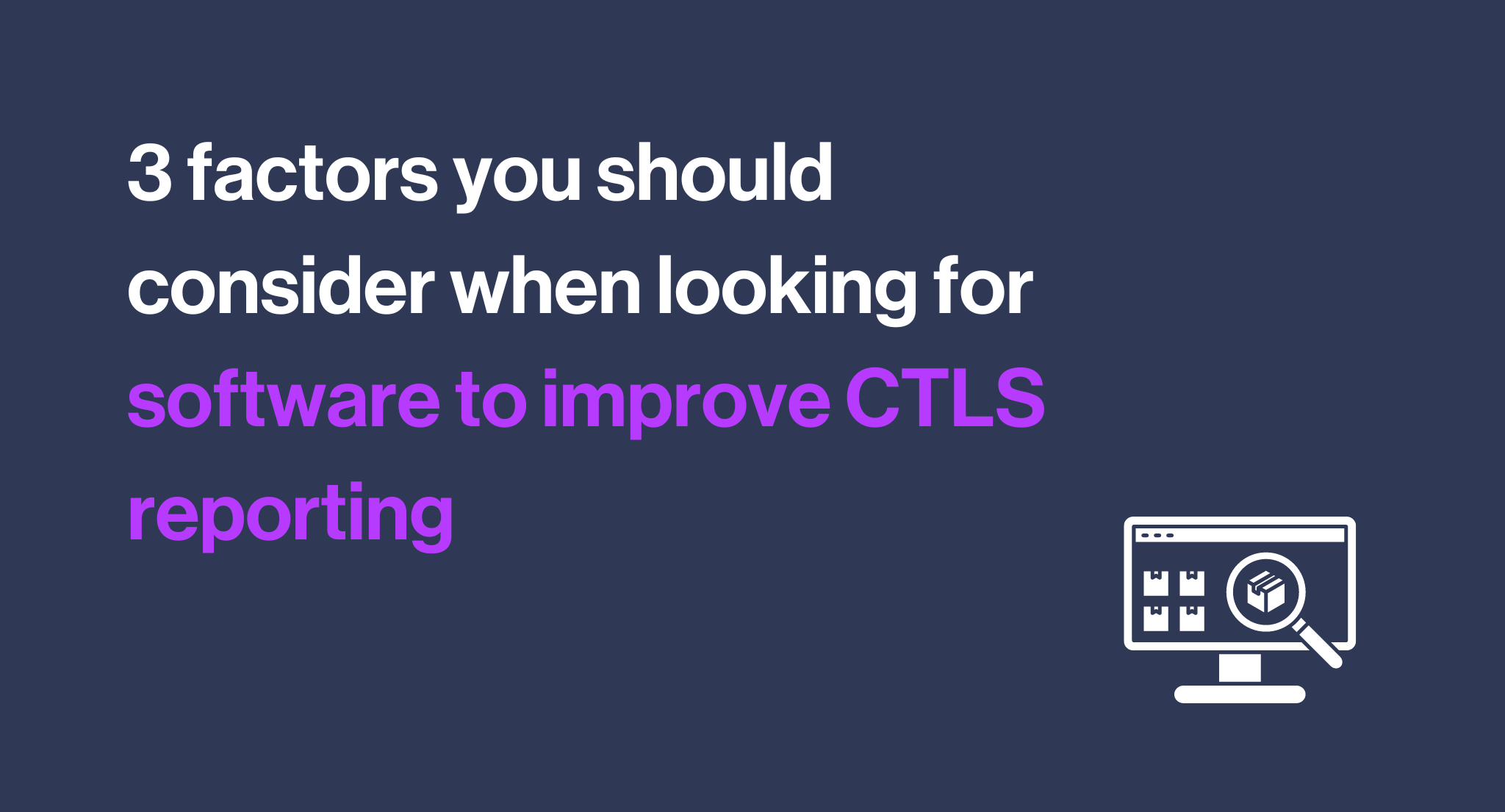
From our experience, there are three key factors to consider when choosing software to assist with your CTS reporting:
1. You need comprehensive reporting features that consolidate all the inventory data you need in a single place
Allowing you to access necessary information quickly and answer critical questions, such as:
- How many plants were harvested last month?
- How many units and kilograms of dried cannabis were packaged?
- How much cannabis was destroyed?
A comprehensive reporting system helps you compile data efficiently, ensuring your team has all the inventory numbers needed without searching across multiple sources.
2. Built-in traceability for fast error detection
The ability to quickly identify and correct discrepancies in your data is crucial. A robust inventory management system should allow you to trace every gram of cannabis throughout production.
Many producers waste valuable time trying to locate where mistakes occurred in the previous month’s data. With built-in traceability, you can pinpoint issues—such as errors in destruction events—saving time and ensuring accurate CTS reports.
3. Track inventory in multiple units
A good inventory management solution should handle various units and weights, accommodating different product types. This flexibility simplifies CTS reporting and eliminates the need for manual conversions and calculations.
Being able to track inventory in grams, quantities, and kilograms allows you to efficiently manage products like pre-rolls and dried cannabis without having to juggle different systems or spreadsheets.
“Successful CTLS, in my opinion, comes down to (1) teams having a detailed knowledge of Health Canada’s reporting criteria (2) an understanding of exactly how their facility’s operations affect inventory. Competency in both areas will ensure a smooth CTLS compilation and, importantly, help troubleshoot if numbers aren’t adding up.”
How Can Elevated Signals Help?
Watch our product demo on how Elevated Signals help you compile compliant reports quickly
Elevated Signals offers a platform that automates inventory management and compliance reporting for cannabis operators. Our software is designed to help you generate your CTS reports with ease, reducing manual effort and minimizing the risk of errors.
Factor #1: Comprehensive Reporting for Fast, accurate Inventory Insights
Elevated Signals provides a Comprehensive Inventory Report that gathers all the inventory data you need in one place. Whether you’re tracking fresh, dried, or packaged cannabis, the system automatically categorizes everything according to CTS requirements. This ensures you have detailed opening and closing inventory data, along with relevant production and destruction figures, all in one report.
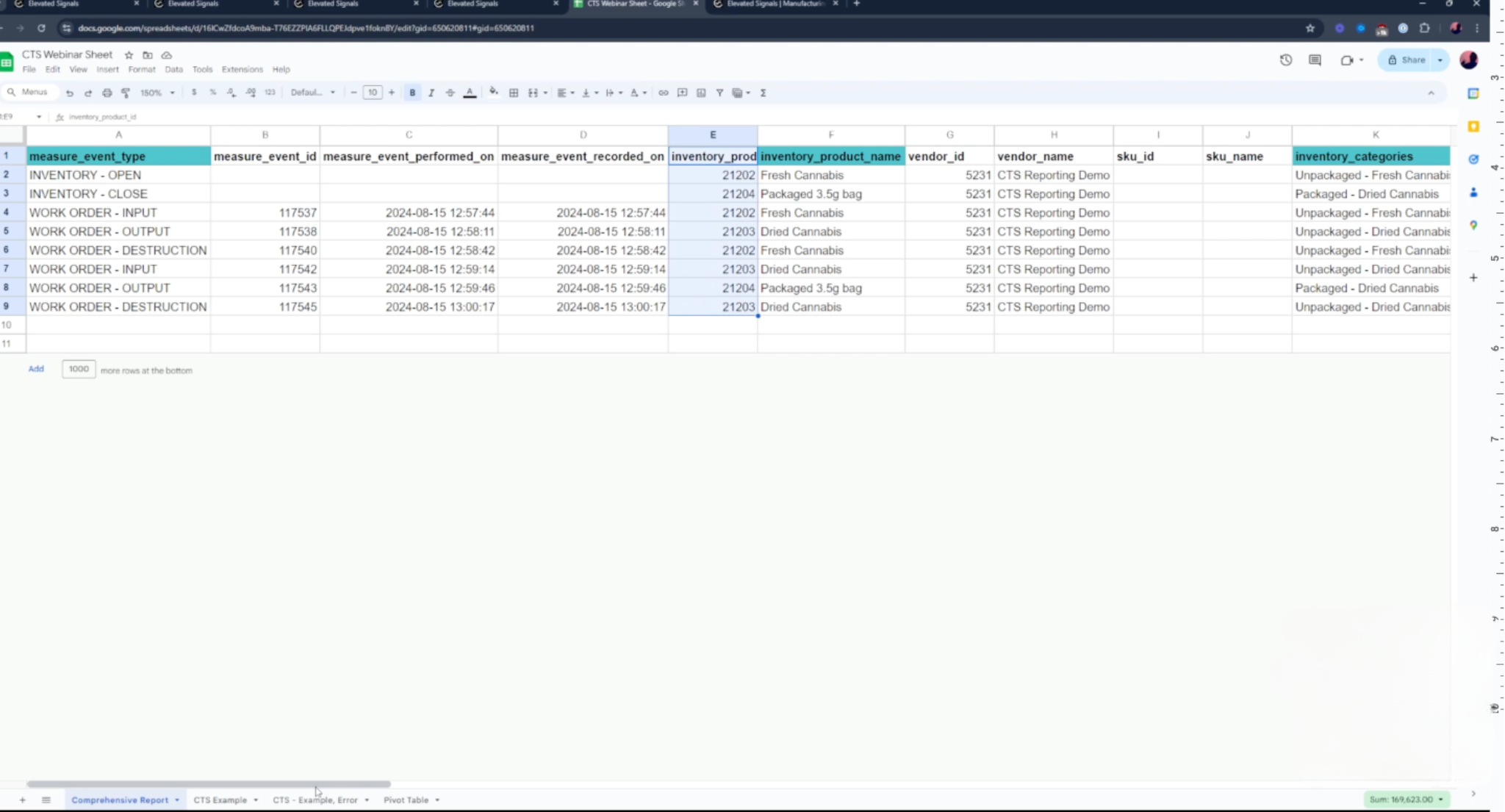
Factor #2: Built-In Traceability to Quickly Identify Errors
Ensuring complete traceability is key to maintaining accurate inventory records. Elevated Signals’ work order tracking allows you to trace every step of the production process. If discrepancies arise—like mismatches in closing inventory or processing loss—you can easily filter the report to locate the issue, helping you resolve it quickly and avoid costly mistakes.
Factor #3: Flexible Unit Tracking for Accurate Reporting
Elevated Signals enables you to track inventory in a variety of units, whether it’s grams, quantities, or kilograms. This flexibility makes it easy to manage different product types and ensures consistent, accurate reporting throughout your production process. Custom unit settings allow you to adapt to whatever inventory method works best for your operations.
Elevated Signals is here to help you simplify your CTS reporting, improve accuracy, and reduce the administrative burden on your team. Reach out today to learn more about how we can support your compliance and inventory needs!
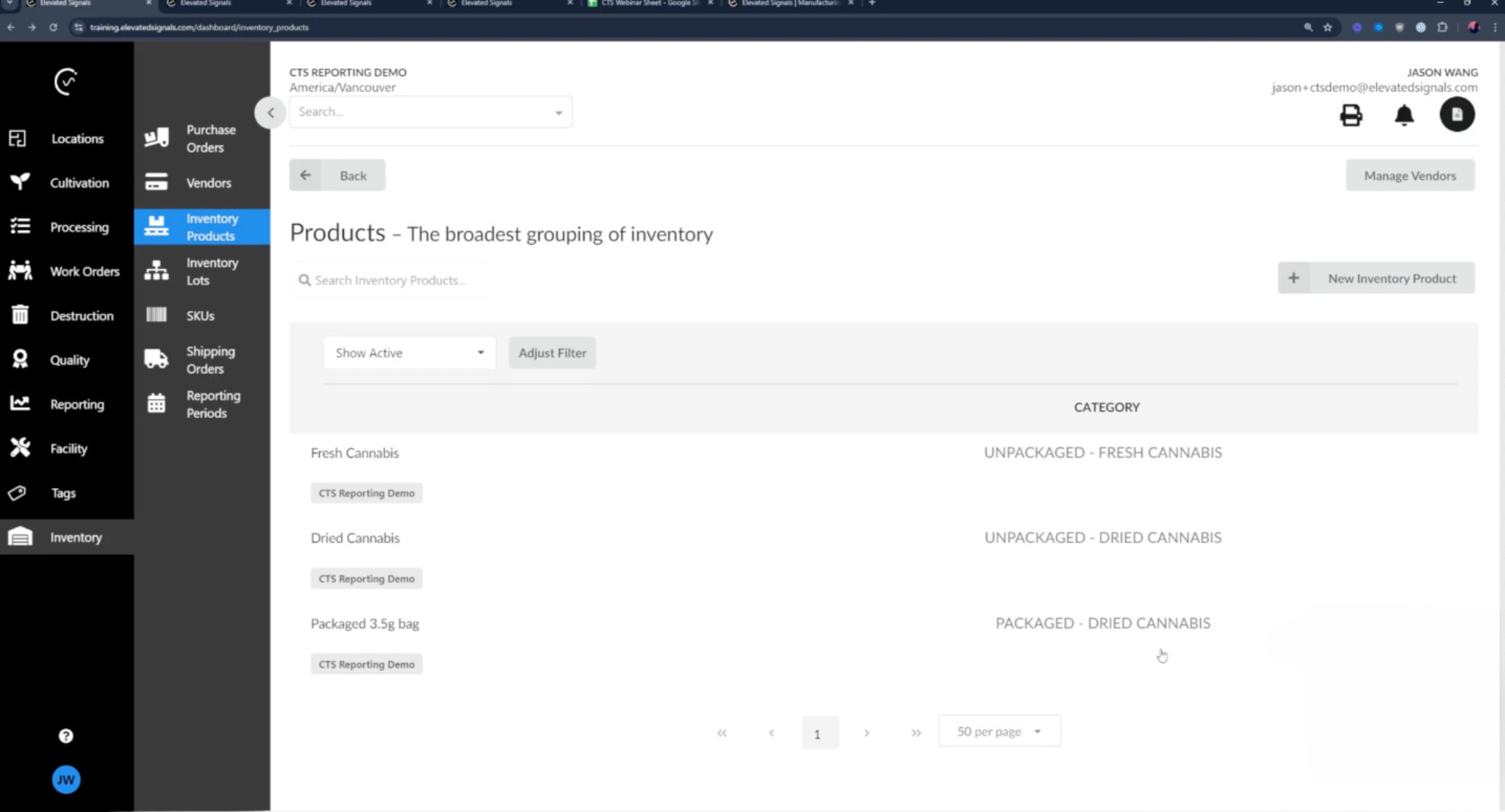
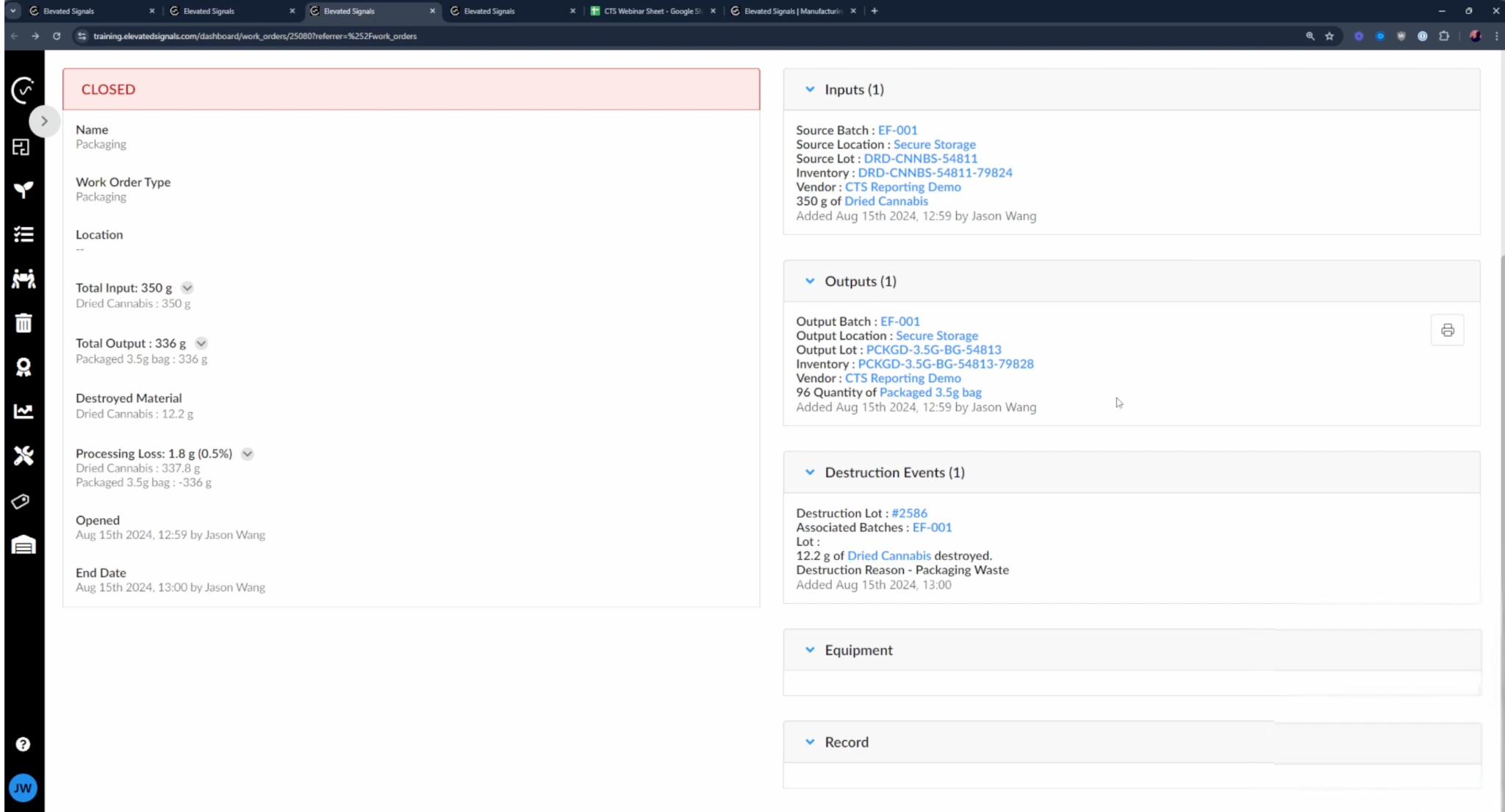
Helping Lotus Cannabis Co. make CTS reporting pain-free
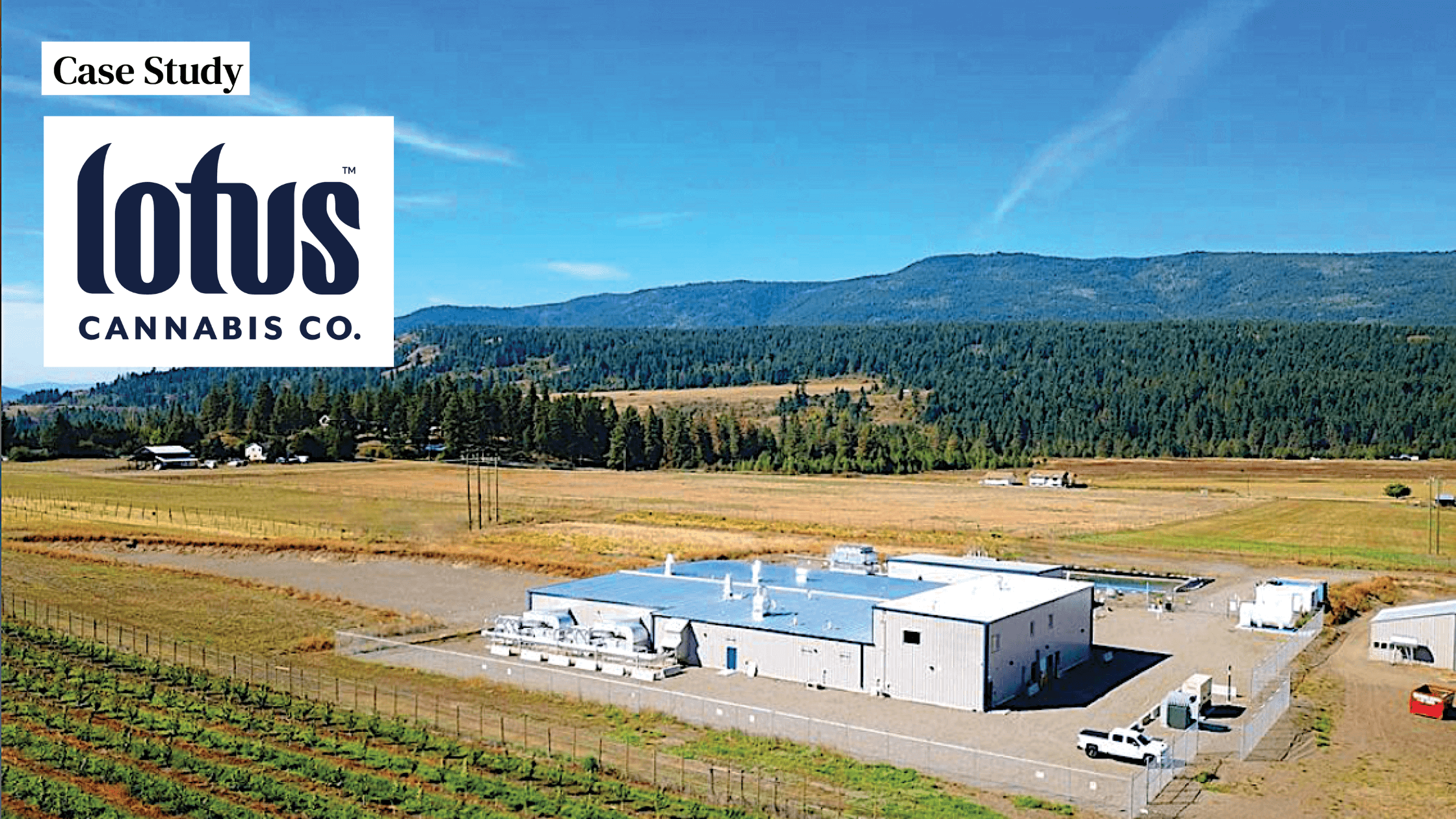
Read the entire case study here.
Problem:
"The main issue with our previous cannabis software was the time it took to complete our CTS report. The way reports were structured in the system made it hard to read and compile data. There was also a lack of CTS support."
"On top of the difficulties with collating inventory data for CTS reporting, there were loads of issues, inconsistencies and bugs in the software that impacted our ability to track what we wanted day-to-day. We needed a new system if we wanted to be efficient."
Solution:
"As soon as we started using Elevated Signals, we realized its value. Not only was our first CTS report a breeze, the software's form builder meant we could digitize our quality records, removing the need for pen & paper in the facility."
-Lucas Wiebe, Lead Grower, Lotus Cannabis Co.

